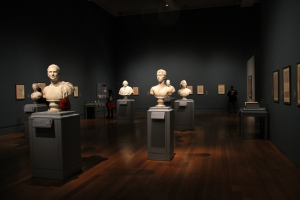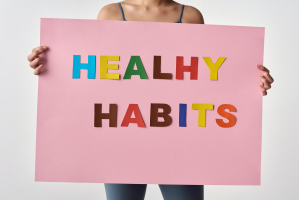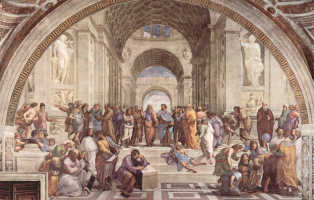Top 10 Definition Essay Examples about Culture and Society
Culture and society define the essence of our shared existence. In these definition essay examples, we unravel the threads that shape our communities, shedding ... read more...light on concepts vital to our collective identity.
-
Essay Topic: Cultural Diversity.
Answer:
In the vibrant mosaic of our world, cultural diversity stands as a rich tapestry woven with the threads of varied traditions, beliefs, and ways of life. This essay embarks on a journey to unravel the essence of cultural diversity, exploring its importance and the beauty it brings to our global community.
Cultural diversity is like a vibrant garden where each flower, unique in color and shape, contributes to the overall beauty. It encompasses the multitude of ways people express themselves, from the food they savor to the traditions they uphold. This diversity is not just a concept, it's the living expression of human creativity and the collective wisdom of communities worldwide.
In our schools and neighborhoods, cultural diversity is the celebration of differences. It's the joy of sharing stories, music, and flavors that reflect the unique backgrounds of our friends and classmates. By embracing this diversity, we open our hearts to a world of new experiences, fostering an environment where understanding and respect flourish.
Cultural diversity is not about comparing which culture is bette, it's about recognizing the value in our differences. Each culture brings a distinctive flavor to the global banquet, enhancing our collective human experience. It's through this exchange of traditions that we gain a deeper appreciation for the vastness of our shared humanity.
Moreover, cultural diversity is the bridge that connects us across borders. It breaks down barriers, fostering communication and collaboration. In a world where interconnectedness is key, understanding and respecting cultural diversity become essential tools for building a harmonious global society.
In conclusion, cultural diversity is not merely a buzzword; it's the kaleidoscope of human existence. As high school students navigating the complexities of adolescence, let's embrace this richness, celebrating the myriad ways cultures contribute to the beautiful tapestry of our shared world. By doing so, we not only honor our individual identities but also weave a stronger, more vibrant global community.

Photo by Mikhail Nilov via pexels 
Photo by RDNE Stock project via pexels -
Essay Topic: Social Norms.
Answer:
In the vast playground of human interaction, social norms are the unspoken rules that guide our behavior and shape the patterns of society. This essay aims to unravel the essence of social norms, exploring their significance and the role they play in our daily lives.
Social norms are like invisible threads woven into the fabric of our communities, defining how we should act and interact. These norms are not rigid laws but shared expectations that help us navigate social situations. They range from simple gestures like saying "please" and "thank you" to more complex behaviors, providing a roadmap for harmonious coexistence.
In our schools and neighborhoods, social norms create a sense of order and predictability. They're the reason we stop at red lights, take turns in conversations, and refrain from talking loudly in quiet places. These norms, learned through observation and experience, contribute to the smooth functioning of our daily interactions.
Social norms are not uniform across cultures; they vary, adding diversity to the global mosaic. What's considered polite in one community may differ in another. Understanding and respecting these variations broaden our perspectives, fostering a more inclusive and tolerant world.
Moreover, social norms serve as social glue, binding us together. They provide a common ground for understanding and cooperation, creating a shared language of behavior. This shared understanding allows us to form connections, build relationships, and contribute to the cohesion of our communities.
In conclusion, social norms are the silent architects of social harmony. As high school students navigating the intricacies of adolescence, recognizing and respecting these norms is vital. By understanding the unwritten rules that govern our social landscape, we contribute to the creation of a more cooperative and interconnected society, where individuals can thrive collectively.

Photo by Pixabay via pexels 
Photo by Luis Quintero via pexels -
Essay Topic: Generational Gap.
Answer:
In the vast landscape of human existence, the generational gap stands as a bridge between different eras, embodying the differences in beliefs, values, and experiences across age groups. This essay endeavors to uncover the essence of the generational gap, exploring its significance and the ways it shapes our understanding of the world.
The generational gap is akin to a time capsule that encapsulates the distinct perspectives of various age cohorts. It's not a mere difference in years but a reflection of the evolving societal norms, technologies, and cultural shifts that mold each generation. These gaps become apparent in how different age groups perceive and engage with the world around them.
In our families and communities, the generational gap surfaces in various ways. It may manifest in dissimilar approaches to technology, divergent fashion trends, or distinct attitudes toward societal issues. While these differences can lead to occasional misunderstandings, acknowledging and appreciating the diversity in perspectives can enrich our collective experience.
The generational gap is not a hindrance but an opportunity for learning and growth. Elders bring wisdom born of experience, while the younger generation contributes fresh ideas and innovative thinking. Bridging this gap requires open communication, where both sides listen and share, fostering an environment of mutual understanding and respect.
Moreover, the generational gap serves as a reminder of the ever-changing nature of society. What was considered normal or groundbreaking in one generation might be perceived differently by the next. Recognizing this evolution fosters adaptability and encourages a spirit of cooperation across age groups.
In conclusion, the generational gap is a dynamic force that shapes the intricate tapestry of human connection. As high school students navigating the complexities of adolescence, embracing and celebrating these differences can pave the way for stronger bonds and a more harmonious society. By understanding the generational gap, we contribute to building bridges that connect us across time, fostering a community where the wisdom of the past meets the potential of the future.
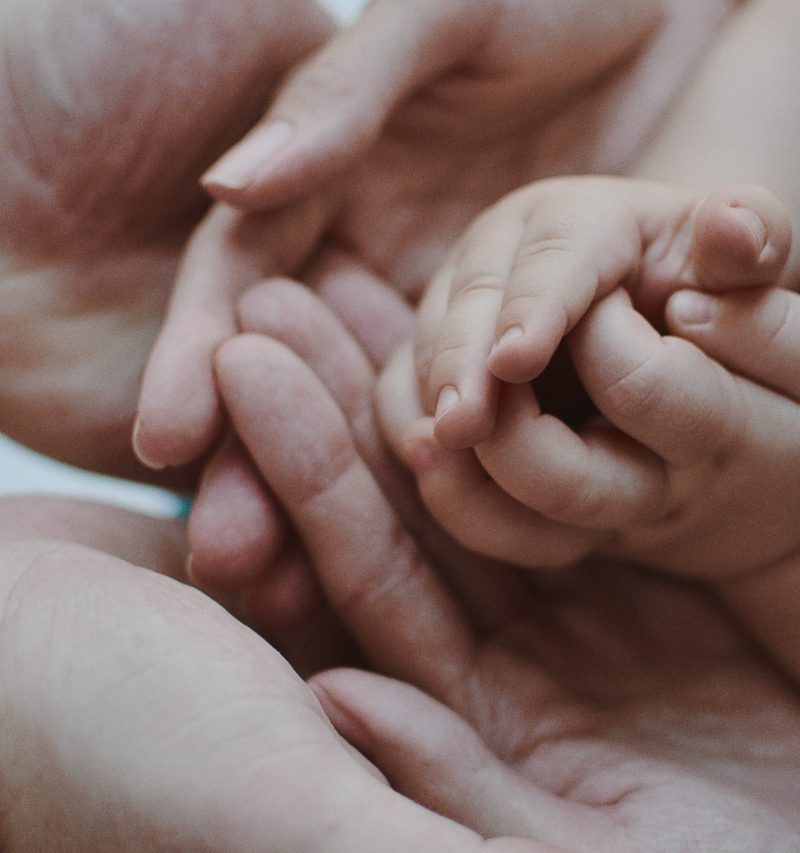
Photo by Anastasia Ankudinova via pexels 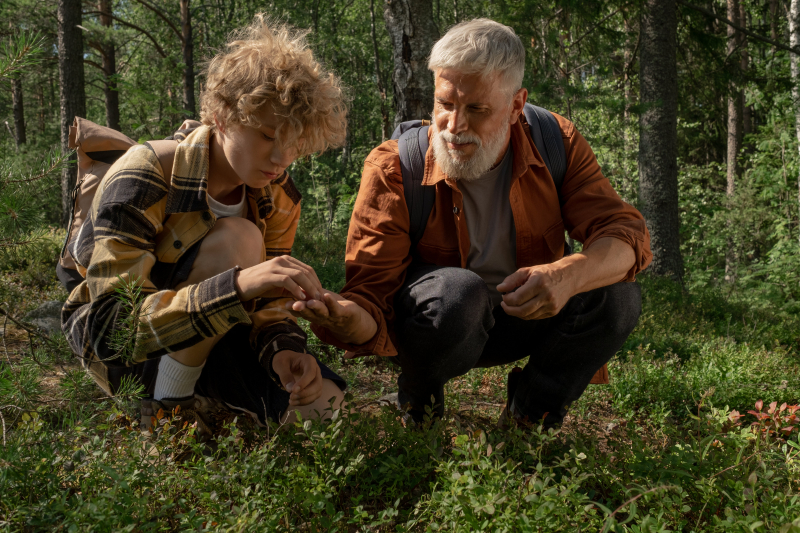
Photo by Ron Lach via pexels -
Essay Topic: Social Justice.
Answer:
In the vast landscape of society, social justice stands as a beacon of fairness and equality, aiming to ensure that every individual, regardless of background, has the same opportunities and rights. This essay sets out to unravel the essence of social justice, exploring its importance and the role it plays in fostering a just and inclusive world.
Social justice is like a sturdy umbrella that seeks to shield everyone from discrimination and inequity. It's not about treating everyone exactly the same but about acknowledging and addressing the unique challenges and needs different individuals or groups may face. This umbrella extends to areas such as education, employment, and basic human rights.
In our schools and communities, social justice is the commitment to creating an environment where everyone has an equal chance to succeed. It's about breaking down barriers that may prevent certain individuals or groups from reaching their full potential. Embracing social justice means fostering empathy and understanding, allowing us to recognize and address the disparities that exist.
Social justice is not a distant goal but an ongoing journey. It involves actively working to dismantle prejudices and systemic inequalities. It's a collective effort to create a world where every voice is heard, every story is valued, and every person is treated with dignity and respect.
Moreover, social justice extends beyond individual actions to societal structures and policies. It challenges us to question and transform systems that perpetuate inequality. By advocating for fairness and inclusivity in the broader framework of society, we contribute to the creation of a world where opportunities are accessible to all.
In conclusion, social justice is not a mere concept but a guiding principle that shapes our collective responsibility toward creating a fair and equitable society. As high school students navigating the complexities of adolescence, embracing the values of social justice can empower us to be agents of positive change, fostering a community where diversity is celebrated, and everyone has the chance to thrive.
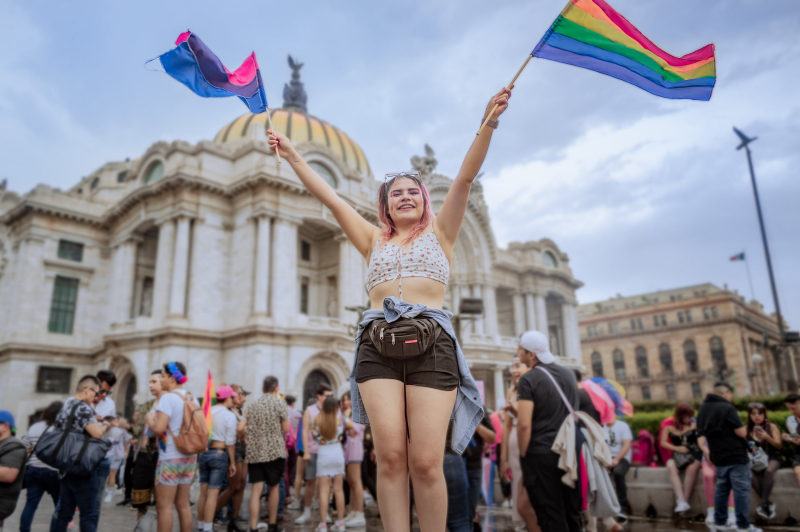
Photo by Eduardo López via pexels 
Photo by cottonbro studio via pexels -
Essay Topic: Cultural Integration.
Answer:
In the rich mosaic of human societies, cultural integration is like a dance of diverse threads coming together, weaving a tapestry that celebrates differences and fosters unity. This essay aims to explore the essence of cultural integration, understanding its significance and the ways it shapes the vibrant fabric of our interconnected world.
Cultural integration is not about erasing individual identities but creating a harmonious blend where various cultures coexist and enrich one another. It's like a potluck feast, where each culture brings its unique flavors to create a shared experience that transcends borders and bridges gaps.
In our schools and neighborhoods, cultural integration is the celebration of diversity. It's evident in the exchange of traditions, languages, and customs. By embracing and understanding each other's cultures, we build connections that go beyond surface differences, fostering an environment where everyone feels seen and valued.
Cultural integration is not a one-way street but a mutual exchange. It's about learning from one another, appreciating the beauty in our differences, and finding common ground. This exchange of ideas and traditions contributes to a richer, more nuanced understanding of the world, opening our minds to possibilities beyond our own experiences.
Moreover, cultural integration is a dynamic process that evolves over time. It requires openness, curiosity, and a willingness to engage with unfamiliar aspects of other cultures. By actively participating in cultural exchange, we contribute to the creation of a global community where respect and understanding form the foundation of our interactions.
In conclusion, cultural integration is the melody that plays in the background of our interconnected world. As high school students navigating the complexities of adolescence, embracing cultural integration means recognizing the value of every individual's background and experiences. By weaving the threads of our diverse cultures together, we create a beautiful tapestry that reflects the unity in our shared humanity.
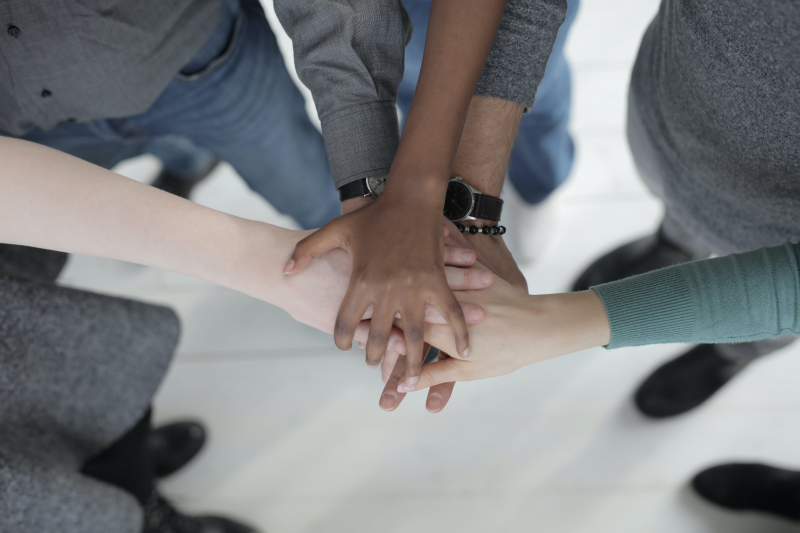
Photo by Andrea Piacquadio via pexels 
Photo by Kindel Media via pexels -
Essay Topic: Social Cohesion.
Answer:
In the intricate web of human connections, social cohesion acts as the glue that binds individuals together, fostering a sense of belonging and unity within communities. This essay sets out to unravel the essence of social cohesion, delving into its importance and the role it plays in creating strong and supportive societies.
Social cohesion is like a woven tapestry where each thread represents an individual, and together they create a resilient fabric of togetherness. It's not about everyone being the same, but rather about building connections that bridge differences and nurture a shared sense of identity.
In our schools and neighborhoods, social cohesion is the foundation of positive relationships. It's visible in the bonds formed among classmates, friends, and neighbors. By promoting inclusivity and mutual respect, social cohesion creates an environment where people feel valued, understood, and supported.
Social cohesion is not a passive state but an active process. It involves individuals coming together, participating in shared activities, and contributing to the well-being of the community. This collective effort strengthens the ties that bind us, turning communities into supportive networks where everyone plays a role in creating a positive and thriving environment.
Moreover, social cohesion is a powerful force that transcends individual differences. It encourages empathy, understanding, and collaboration. When communities prioritize social cohesion, they become resilient in the face of challenges, as individuals draw strength from the support and connections around them.
In conclusion, social cohesion is the heartbeat of thriving societies. As high school students navigating the complexities of adolescence, understanding and actively participating in the promotion of social cohesion can lead to stronger communities. By fostering a sense of belonging and unity, we contribute to the creation of environments where everyone has the opportunity to grow, learn, and flourish together.

Photo by fauxels via pexels 
Photo by Pixabay via pexels -
Essay Topic: Cultural Exchange.
Answer:
In the vibrant tapestry of our global community, cultural exchange is like a lively dance of ideas, traditions, and stories that traverse boundaries, fostering understanding and connection. This essay aims to explore the essence of cultural exchange, appreciating its significance and the enriching impact it has on individuals and communities.
Cultural exchange is not a one-way street but a two-way conversation where diverse cultures come together, sharing and learning from one another. It's like a feast where each culture contributes its unique flavor, creating a banquet of experiences that celebrate our shared humanity.
In schools and communities, cultural exchange is the celebration of differences. It happens when students from various backgrounds come together to learn, share, and appreciate each other's customs. Through cultural exchange, we break down barriers and build bridges of understanding, creating an environment where diversity is not just tolerated but embraced.
Cultural exchange is not confined to grand events, it happens in the small, everyday interactions. It's the sharing of stories, the tasting of new foods, and the exploration of different customs. By engaging in these everyday exchanges, individuals open themselves to a world of perspectives beyond their own, broadening their horizons and fostering a global mindset.
Moreover, cultural exchange is a powerful tool for breaking stereotypes and dispelling misconceptions. It builds connections that go beyond language or geographic borders, reminding us that, despite our differences, we share common aspirations, dreams, and emotions.
In conclusion, cultural exchange is the melody that harmonizes our diverse world. As high school students navigating the rich landscape of adolescence, participating in cultural exchange means actively seeking opportunities to learn from others. By embracing the beauty of our differences and celebrating our shared humanity, we contribute to a world where understanding and respect form the foundation of our global community.

Photo by Min An via pexels 
Photo by uncoveredlens Eze Joshua via pexels -
Essay Topic: Stereotypes.
Answer:
In the tapestry of human perception, stereotypes are like simplified sketches that attempt to define a group based on assumptions, often overlooking the individuality within that group. This essay aims to unravel the concept of stereotypes, understanding their impact, and encouraging a more nuanced approach to human understanding.
Stereotypes are not accurate portraits but rather broad strokes that people use to make sense of the world around them. Imagine a coloring book where each page is filled with preconceived notions about a particular group, limiting our understanding and hindering the appreciation of individual differences.
In schools and communities, stereotypes can shape how people are perceived and treated. They can influence expectations, behaviors, and interactions. Understanding that individuals are unique, with their own strengths and weaknesses, helps break down these stereotypes, fostering an environment where everyone is seen for who they truly are.
Stereotypes are not just harmless assumptions; they can lead to bias and discrimination. When we allow stereotypes to dictate our perceptions, we risk overlooking the richness of human diversity. Embracing an open-minded perspective means challenging stereotypes and actively seeking to understand people beyond the labels society may place on them.
Moreover, breaking free from stereotypes requires curiosity and empathy. It involves approaching each person as an individual, recognizing that their experiences, beliefs, and aspirations may differ from the assumptions made about their group. By embracing diversity and challenging stereotypes, we contribute to creating a more inclusive and understanding world.
In conclusion, stereotypes are like foggy lenses that distort our view of the world. As high school students navigating the complexities of adolescence, it's essential to be aware of the impact of stereotypes and strive to see people for who they truly are. By cultivating open-mindedness and rejecting preconceived notions, we contribute to a society that celebrates the uniqueness of each individual.
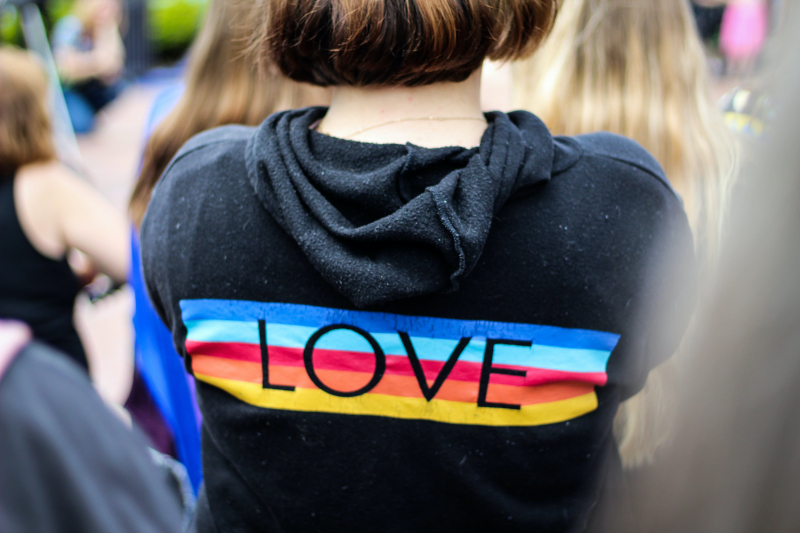
Photo by Rosemary Ketchum via pexels 
Photo by Pavel Danilyuk via pexels -
Essay Topic: Societal Values.
Answer:
In the intricate fabric of our communities, societal values are the shared principles and beliefs that shape how we live and interact with one another. This essay endeavors to explore the concept of societal values, understanding their significance, and acknowledging their role in fostering a harmonious society.
Societal values are not rigid rules but rather guiding lights that help define the character of a community. Imagine them as the invisible threads that weave through our daily interactions, influencing how we treat one another and shaping the norms that govern our shared existence.
In schools and neighborhoods, societal values are the foundation of positive relationships. They guide our behavior, emphasizing virtues like respect, kindness, and cooperation. When individuals align with these values, it creates an environment where everyone feels accepted, and the community thrives as a cohesive unit.
Societal values are not imposed; they are cultivated through shared experiences and conversations. They evolve as communities grow and adapt to changing circumstances. Embracing these values means recognizing the importance of collaboration, understanding, and empathy in creating a society where everyone has the opportunity to flourish.
Moreover, societal values are a compass that points us toward common goals. They promote fairness, justice, and equality, fostering a sense of unity among individuals. When communities uphold these values, it creates a supportive environment where everyone's well-being is considered and protected.
In conclusion, societal values are the invisible glue that holds communities together. As high school students navigating the complexities of adolescence, understanding and embracing these values can contribute to the creation of positive and thriving societies. By internalizing the principles of respect, kindness, and cooperation, we actively participate in building a world where everyone is valued and respected.

Photo by Pixabay via pexels 
Photo by Matthis Volquardsen via pexels -
Essay Topic: Cultural Preservation.
Answer:
In the intricate mosaic of humanity, cultural preservation is the devoted effort to safeguard and pass on the traditions, customs, and heritage that define a community. This essay aims to delve into the essence of cultural preservation, understanding its significance, and recognizing its role in maintaining the rich tapestry of our shared human history.
Cultural preservation is not a static act but a dynamic process, akin to tending to a garden that blossoms with the stories, rituals, and artistry of a community. Think of it as a collective responsibility to ensure that the unique identity and wisdom of a culture endure through generations.
In schools and communities, cultural preservation is the celebration of diversity. It happens when individuals take pride in their cultural roots and share them with others. By actively participating in cultural preservation, students contribute to a vibrant environment where every tradition is valued, creating a mosaic of experiences that enrich the overall community.
Cultural preservation is not about isolating traditions but about fostering a sense of continuity. It involves passing down knowledge, stories, and practices to younger generations. Through this transmission of cultural heritage, communities bridge the gap between the past and the present, creating a sense of belonging and connection for individuals.
Moreover, cultural preservation is a form of respect for the contributions of our ancestors. By safeguarding cultural practices, languages, and customs, communities pay homage to the resilience and wisdom of those who came before. It is a testament to the belief that understanding our roots allows us to navigate the present with a deeper appreciation for the complexities of human existence.
In conclusion, cultural preservation is the guardian of our collective memory. As high school students navigating the diverse landscapes of our global society, engaging in cultural preservation means actively participating in the ongoing narrative of humanity. By embracing and respecting various cultural traditions, students contribute to a world where the richness of our shared heritage is cherished and preserved for the benefit of future generations.

Photo by Teddy Yang via pexels 
Photo by Teddy Yang via pexels















